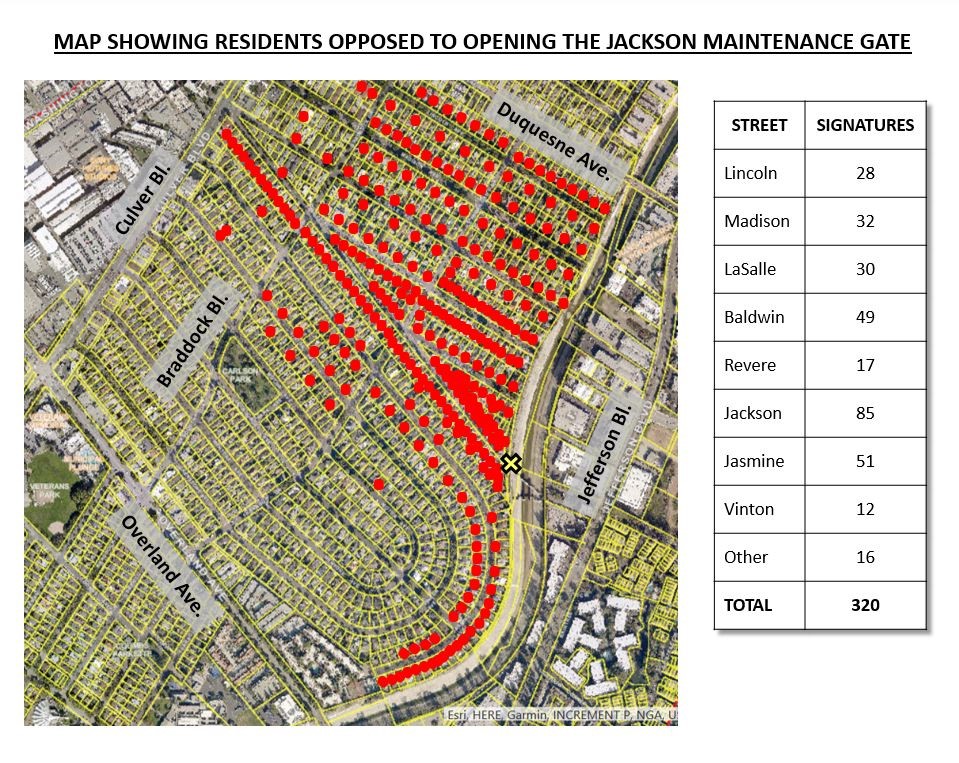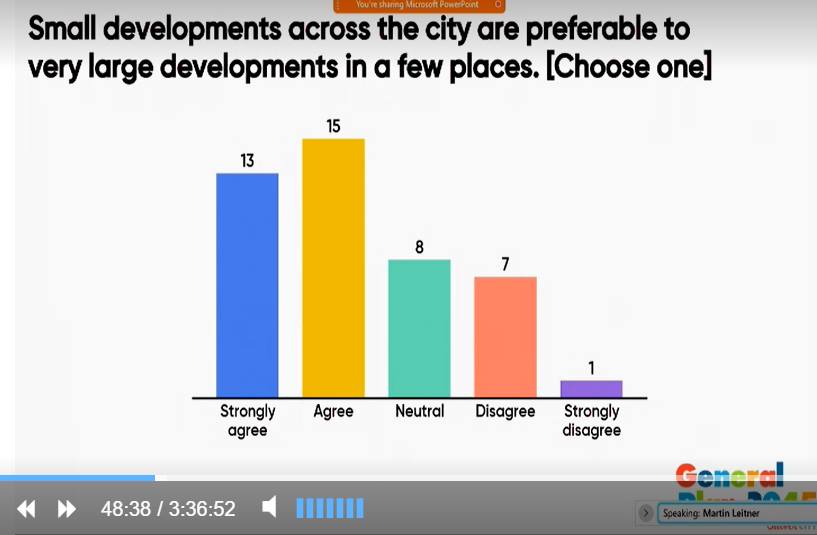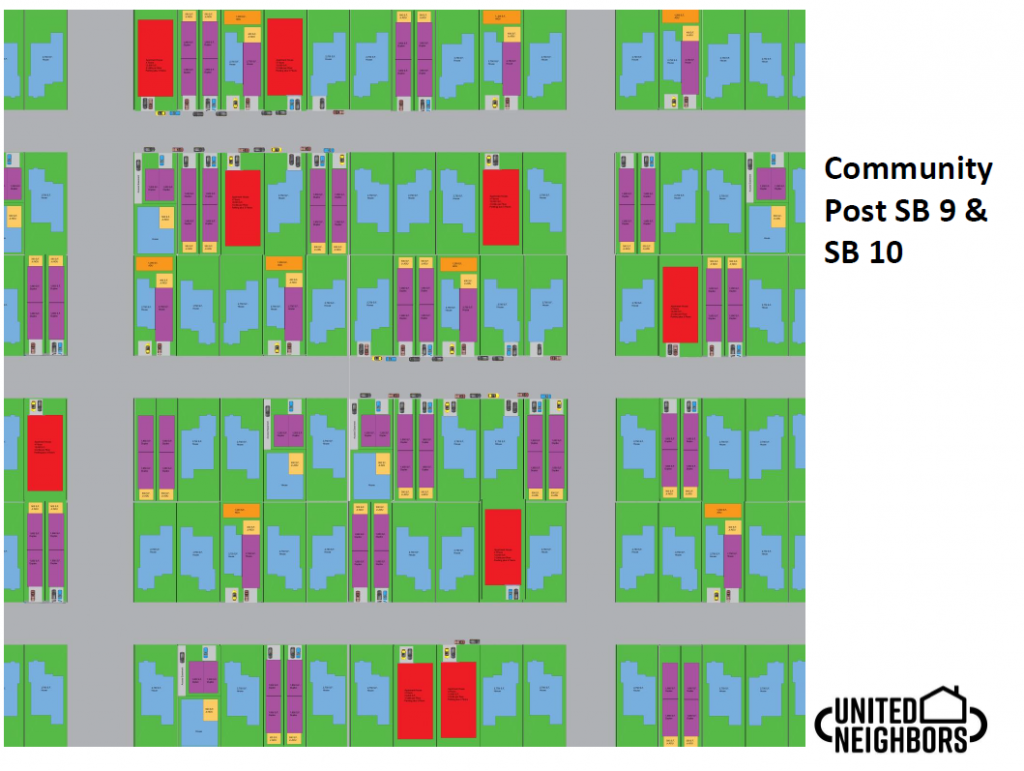We want:
- A hands-on approach to homelessness. We need to enforce a time/place/manner for transient camps – much like Santa Monica does successfully
- Our police department to have the tools they need to enforce our laws, and a Council that oversees them honestly.
- Honest discussions about upzoning and the cost of housing
- A transparent Council and an unpoliticized School Board
Our Council Recommendations
Dan O’Brien danobrien4culvercity.com – Dan has been a community leader in Culver City for 20 years. He steadfastly promotes a hands-on approach to transient camps, much like Santa Monica does successfully.
Denice Renteria renteriaforculvercity.com – Denice brings fresh insight as well as a steadfast commitment to the basics of city management – enforcing our laws, keeping our streets safe and clean, and keeping the city safe for everyone.
Both Dan and Denice come with the endorsements of Councilmembers Albert Vera and Goran Eriksson.
Why we DON’T recommend Fisch or Puza
Alex Fisch – came in under false pretenses as an economic moderate. Since then he’s passed rent control (which he originally said didn’t work), has hobbled our police department (though he didn’t vote to defund), pushed a hands-off policy on transient camps, and has been the prime pusher of upzoning. All the residents who backed his initial run are now organizing against him.
Freddy Puza – would be a continuation of Daniel Lee’s radical policies. Defunding our police, a hands off policy on camps, and all the other radical and costly measures Lee has promoted while in office.
There are other candidates. But we don’t believe they have the resources to gain a significant number of votes. Our focus is to change existing policies that are ruining our city. Therefore a vote for Dan or Dencie is the best way to keep Fisch or Puza from getting elected.
Propositions
Measure VY (Vote 16) – NO. Giving a vote to Culver High school students, regardless of their residence, would place undue influence in the school board over our Council. The school board has been nakedly partisan in recent years. Giving high school students the right to vote would give the school board a captive audience to harvest their ballots, and provide them a permanent voting bloc for their preferred council candidates.
Measure BL (Business Tax) – NO. Our downtown businesses are struggling enough after the Covid pandemic and lane shutdowns. Doubling/tripling their tax when they’re hurting would further erode our commercial districts.
School Board recommendations
- Marci Baun baunforculvercity.com
- Howard Adelman adelman2022.com
- Darrel Menthe mentheforculvercity.com
We would like to stay focused on Council issues, and not be involved in the school board election. Unfortunately, the school board has been too involved in Council matters, using students to their ends.
We’ve seen our Defend Don’t Defund signs stolen by kids, and Eriksson’s house was vandalized in a student Defund the Police rally at his house. School board members have not condemned or denied involvement any of this. School board member Kelly Kent did have to publicly apologize for using school board resources to promote a Women’s March.
This needs to end.
We are not concerned with curriculum. We only want a school board that doesn’t try to put their thumb on the scale of Council matters, and doesn’t manipulate students to their political objectives. Based on this, we feel these three candidates provide the best chance to change course
Other City/County race recommendations
As you may know, the homelessness issue is far greater than Culver City. As such, even electing a friendly council will not solve our problems. We will need to work with neighboring cities and the county to develop a proper, hands-on approach to get transients the services they need while maintaining public safety.
At the core is a profound philosophical disagreement: hands on vs. hands off.
That being said, we’re adding our voice to the following races.
- 37th Congressional District – Jan Perry
- 28th State Senate District – Cheryl Turner
- 55th Assembly District – Keith Cascio
- Los Angeles City Council District 11 (replacing Mike Bonin) – Traci Park
- Los Angeles City Mayor – Rick Caruso
- Los Angeles County Sheriff – Alex Villanueva
- Los Angeles County Board of Supervisors – Bob Hertzberg




